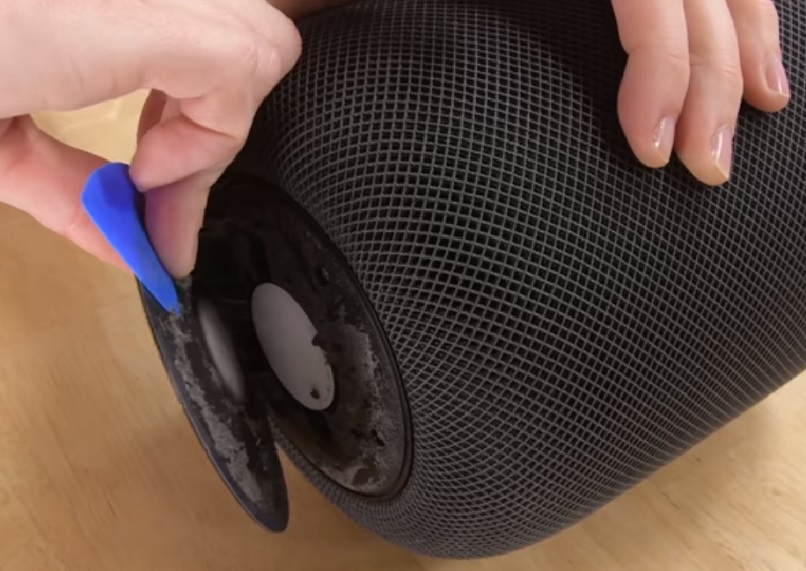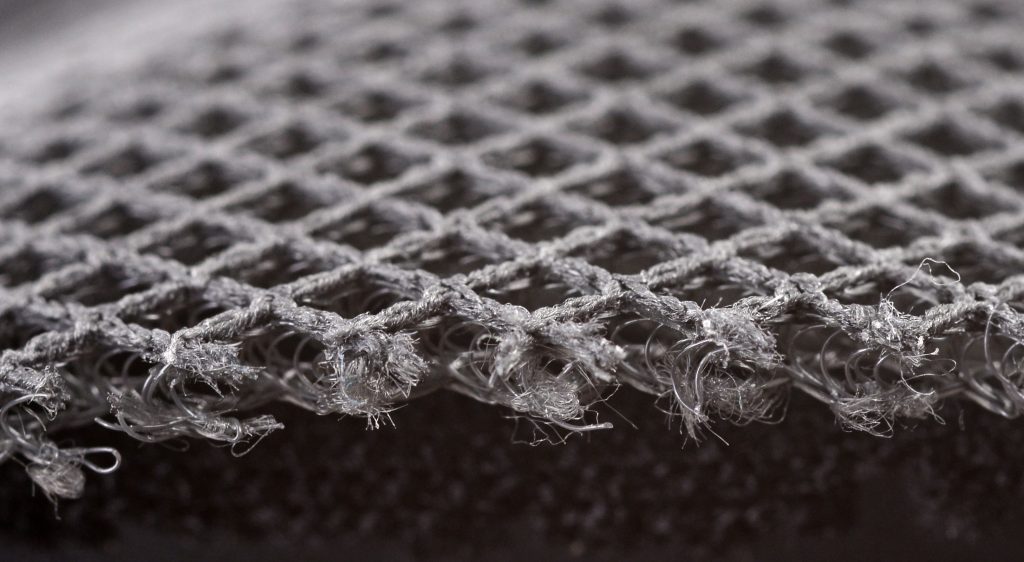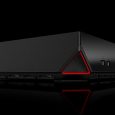Recently, there was the release of the famous Apple HomePod speaker, that turned out to be really pleasing and even that I am not an Apple supporter – I would have to admit that I totally like it! The sound is just great and the quality of built is phenomenal, which is expected to come from a device with this price tag. What’s more interesting to me, however, is what actually hides on the inside?
Haven’t you wonder what type of tech does the speaker consist of? I’ll show you what it has on the inside in this article, with the help of “iFixIt”, thanks to who we are able to see a $350 speaker getting torn apart! I was watching the presented video with amazement, so I hope you feel the same way.
How to get inside?
Considering what type of tech was it rumored to have and the long-term teasing that the company caused, I was thinking that Apple would build the device well enough, so that if anyone decided to see what’s on the inside – then he could have some hard time and break most of the components in the process of opening. What I expected, however, was pretty right and Apple really did put an emphasis on the quality of build.

The team from “iFixit” had to use a blowdryer and carefully choose a spot that they could heat and start pealing the device off easily. They chose the upper part of the speaker, right where the light indicator shows that it’s listening to you. Then they planned each and every step, using the screwdrivers and all the instruments gently so that they would not break anything, while the tearing-apart process goes over.
Is it build well enough?
I don’t say it often, but I am an honest person, so I cannot twist my own hands – Apple did their job great with this one! Not only will it last a long time but it will be hard to break for sure, which does not mean that you should throw it randomly – it costs $350, do not forget that! The mesh is made of really good and quality fabric, that did not require you to tear it apart to remove – all you have to do is slowly slide it as soon as you remove the top or bottom part of the speaker.

The same thing goes for the inside – it is built like a military speaker, so I would not recommend you to headbang yourself as you’re trying to get it open. It would be easier for you to watch the video and read my thoughts slowly – it will be a less expensive and quicker way for sure!

In what order are the components removed?
So, as I already mentioned, to start off the peeling process, you would have to heat the top part of the speaker (the display one) with a heater and gently remove the panel. The same thing applies to the bottom part of the speaker as well. After removing them, you’ll have to play a little while with the screwdriver, so you will be able to get to the rest of the following components.
Before getting to the rest of them, after you remove the screwdrivers that hold the upper and lower first panels, you will have to remove the unique and specially created “acoustic fabric” mesh coverage. It happens really smooth and easily, so if it happens to get dirty in future – you can do this thing easy enough and cold wash it by hands. After removing the fabric and the first panels, you’ll get to the part where the logic board hides and take a glance at the A8 processor.
After that, you’ll have to remove some other screws and carefully cut out the upper panel, as you are trimming a “plastic bush”. The man in the video did it with heating it, prepping and cutting with a sharp knife. Six more screws are waiting for you right away – this shows that the job is done carefully and the whole process of building it sounds complicated itself.

Moving on, you’ll come across one of the power supplies of the speaker, that is stacked right above the capacitor studded outer ring. As soon as you remove those 2 components, you’ll be able to see a low-frequency microphone that’s glued to the side of the speaker and is responsible for calibration processes and many other important things. Right under this microphone are the 7 tweeters, perfectly sealed and aligned, each having a small cut-out panel on the outside plastic for the sound to come out.


The team that made the whole video rated the speaker with high grades in terms of build quality and components security, so the investors in the HomePod project are most likely happy of what they made and Apple surely pleased them, along with the fans. The fabric, screws, sealing and etc. was properly made, so shoutout to Apple for the quality of this speaker – you did great with this one!





